Local communities are getting behind what is expected to be Queensland’s first Renewable Energy Zone (REZ), following over 1,000 in-depth conversations centred on delivering better local outcomes.
The Callide REZ in Central Queensland was one of 12 renewable energy zones proposed by the Queensland government in July 2023, part of a $62 billion plan to phase out coal power and shift to 80 per cent renewables.
The Queensland government followed this up in March of this year with a renewable energy zone roadmap that laid out a framework to connect 22 gigawatts of new capacity to the grid – including between 2GW and 2.6GW in the Callide REZ.
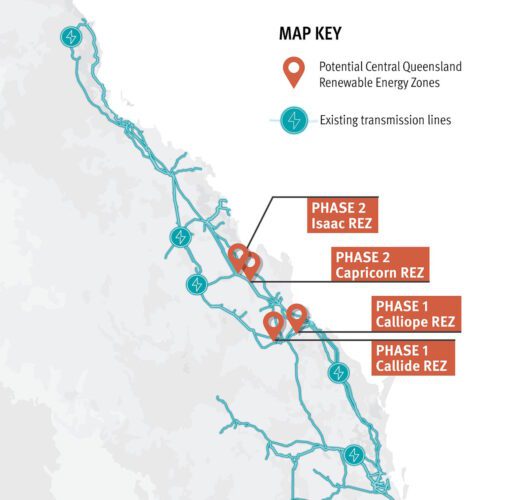
Planning for the Callide REZ is continuing and has already seen over 1,000 conversations take place as part of an in-depth community consultation process designed to deliver maximum community benefits, resulting in the creation of an REZ Readiness Assessment.
“With 95% of investment in the energy system going direct to regional Queensland, it’s crucial to us that communities see benefits flow through deliver what matters to them,” said Mick de Brenni, Queensland minister for energy, renewables, and hydrogen.
“These REZ readiness assessments are all about giving communities the opportunity to shape investment in their region – we’re committed to delivering the benefits of renewable energy and genuine partnership with Queensland communities.
“Central Queensland is the industrial powerhouse of our state, we understand the pride communities have in that legacy, and we know the only way to secure and strengthen that going forward is by delivering clean, affordable, secure renewable energy.”
The consultation process with communities set to benefit from the Callide REZ has yielded a number of suggestions, including incorporating lessons from the gas industry in shaping development of the REZ, as renewable energy projects will continue the economic legacy created by the local coal and agricultural industries.
The REZ Readiness Assessment has been compiled following extensive workshops, community consultations, and in-depth studies in Callide, and is designed to help identify environmental, economic, and social issues and opportunities to provide a clear view of what creating a REZ might mean for a region or local area.
These include opportunities in infrastructure, transport, housing and accommodation, workforce, supply chains, waste management, environment, other land uses and social infrastructure, and local industry and First Nations considerations.
Stemming from the Assessment, the Queensland government will allocate $25.8 million for local benefits and infrastructure upgrades, consisting of the following:
- $5 million seed funding for a Callide REZ Community Legacy Fund with opportunities for developer contributions;
- $1.4 million for workforce planning, including development of the Biloela Workforce Accommodation proposal and legacy housing opportunities;
- $4.4 million for the Callide Future Hub Training Facility and Visitor Centre;
- $3.1 million for a review of region’s transport network infrastructure;
- $1.8 million to support a renewable energy engagement and education program;
- $3.5 million for industry incentives in the Biloela Industrial Precinct;
- $500,000 to help accelerate a new Banana Shire waste facility and resource recovery opportunities;
- $500,000 to partner with Banana Shire Council to develop a Callide REZ procurement strategy to connect local supply chains with REZ opportunities;
- $1 million for detailed consideration and mapping of the biodiversity of the region and exploring an approach for securing coordinated offsets;
- $500,000 for engagement and partnerships with First Nations groups.
- $4.1 million to further investigate critical issues such as waste, resource recovery, supply chains, transport logistics and infrastructure funding models.
Powerlink, Queensland government owned electricity transmission system operator, will also investigate improving access to high-speed internet and mobile phone coverage through its SuperGrid Telecommunications Program along transmission routes, and higher payments to landholders and neighbours through the SuperGrid Landholder Payment Framework.

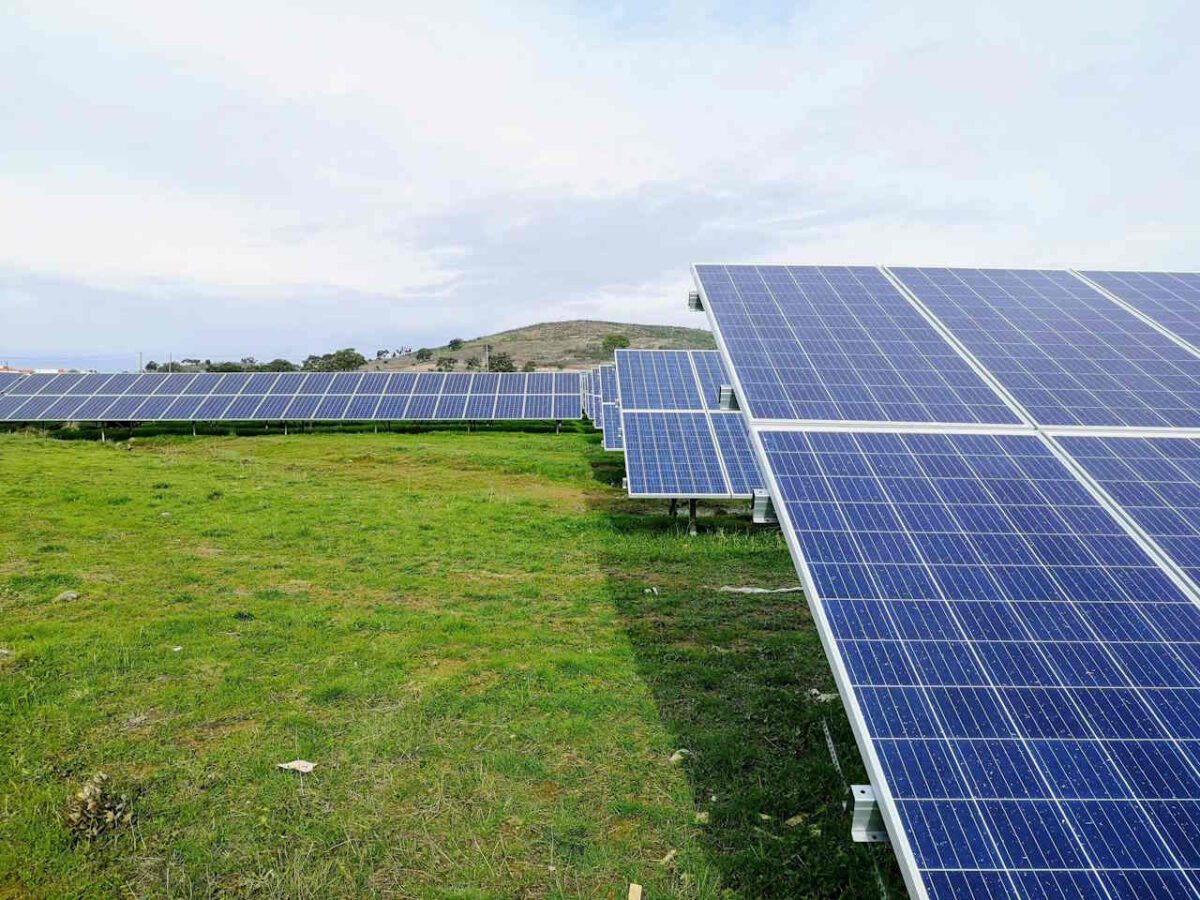
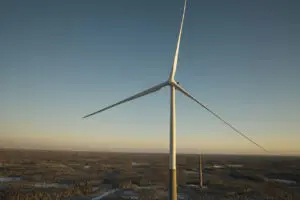
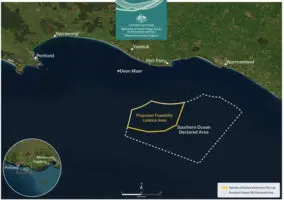
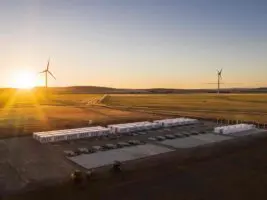
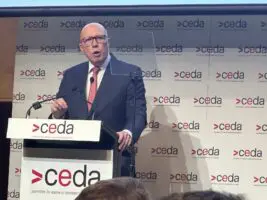
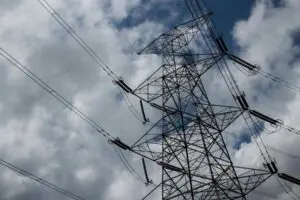
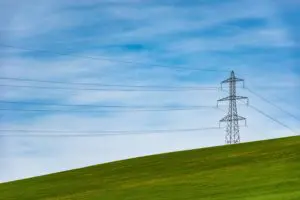
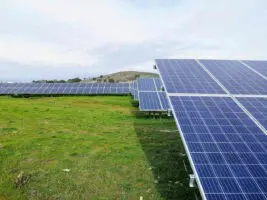


Leave a Reply